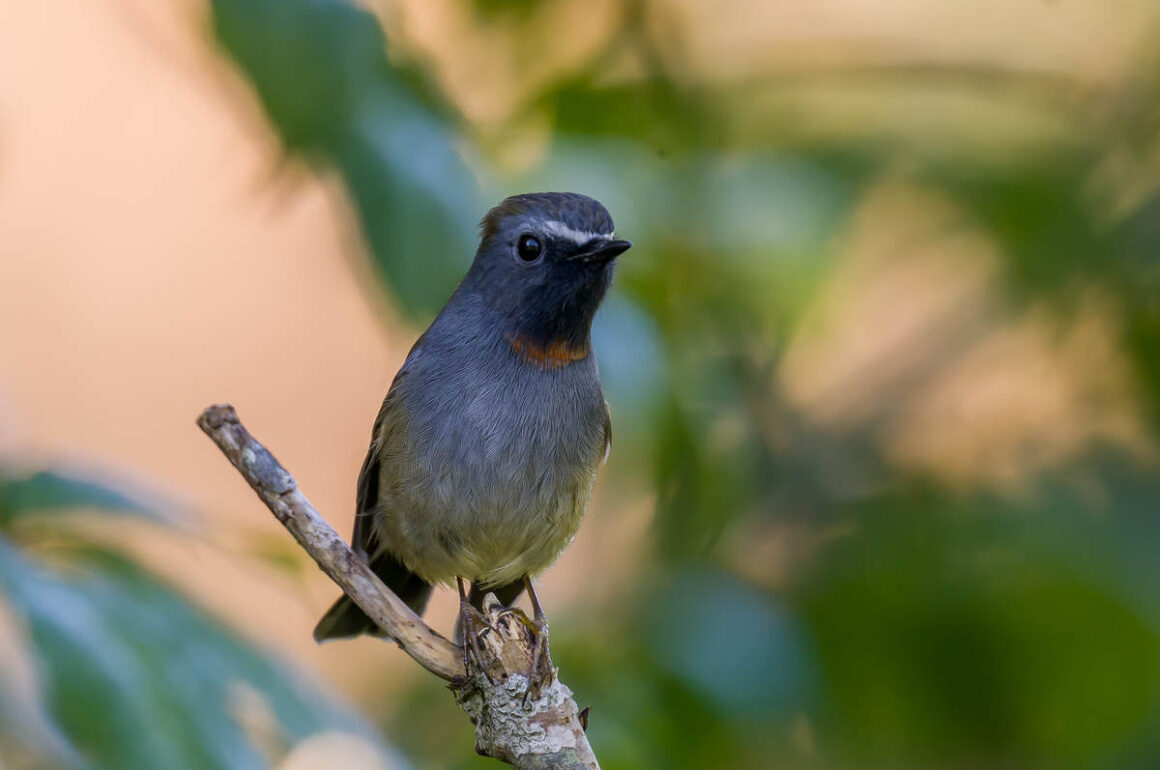
Don’t you love it when blog post writers split topics that do not interest you in the first place into two separate parts? Welcome to Birding Tongbiguan, part 1. The boring title is not even entirely true – the post includes photos taken at Rongshuwang and Nabang, places a few dozen kilometers away from Tongbiguan. Particularly the latter – Nabang – would in the past easily have merited its own post, but recent developments there that now make the place a bit like the former border between West and East Germany changed that.
eBird calls the Asian Green Bee-eater a “small, dainty bee-eater”, which sounds nice and peaceful. But not to bees.
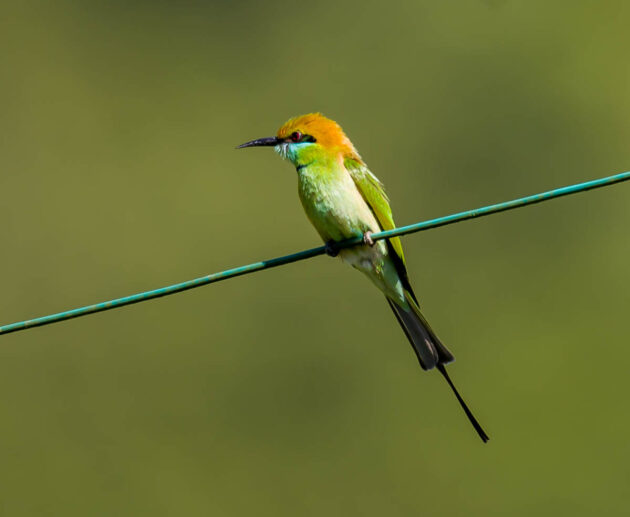
So, when there is an opportunity, the bees take revenge, as described in the self-explanatory paper “Revenge of the bees: Asian Green Bee-eaters Merops orientalis trapped in a mist-net stung to death by Red Dwarf Honeybees Apis florea“. Apparently, the bees only stung the bee-eaters, ignoring other birds also trapped in the net.
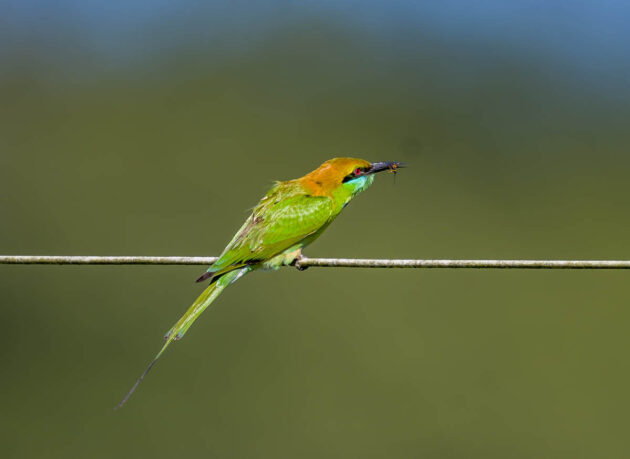
The authors of the paper sound a bit helpless, stating that “At the time of discovery, both birds [two bee-eaters] were still alive, but it was not possible to free them from the net because the bees began to attack the ringer.”
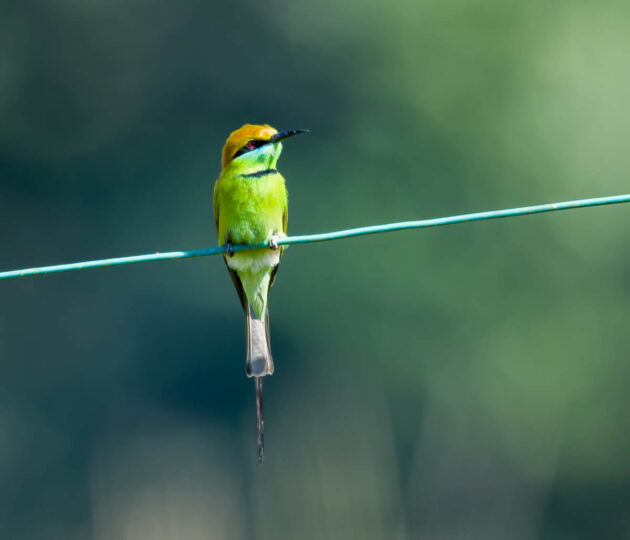
Blue-bearded Bee-eaters seem to have a pretty clever hunting strategy. They provoke honeybee colonies, which then fly out and attack the bird. The bees pursue the bird until it settles down somewhere, try to sting it, and get eaten (source).
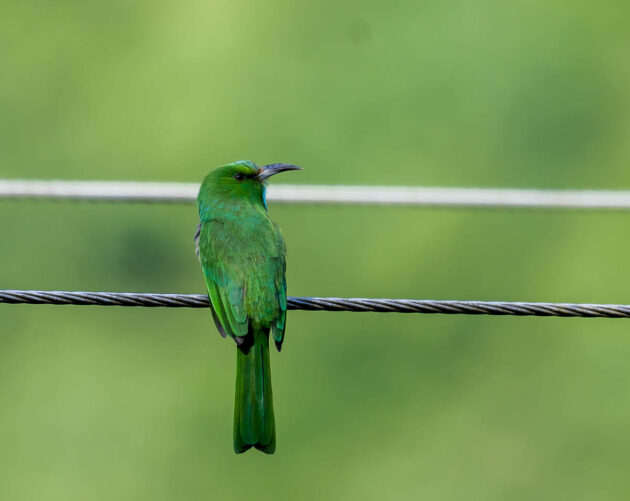
Why move toward the food when you can have the food move to you? Of course, the same applies to pizza services for humans.
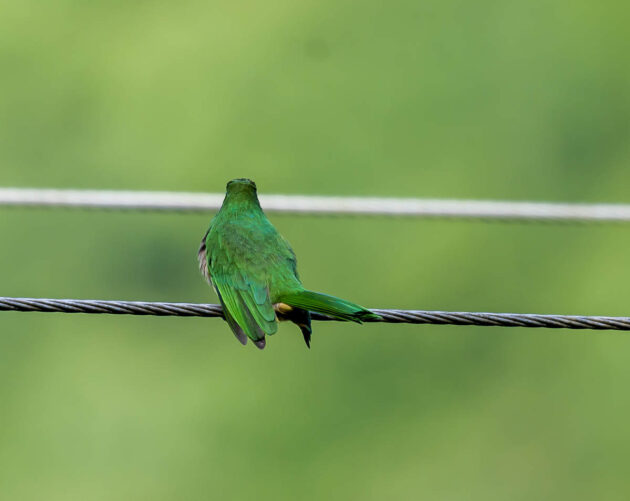
The species name athertoni is derived from Lt. J. Atherton (1797-1827), a naturalist (whatever that means exactly) and a member of the British Army in India.
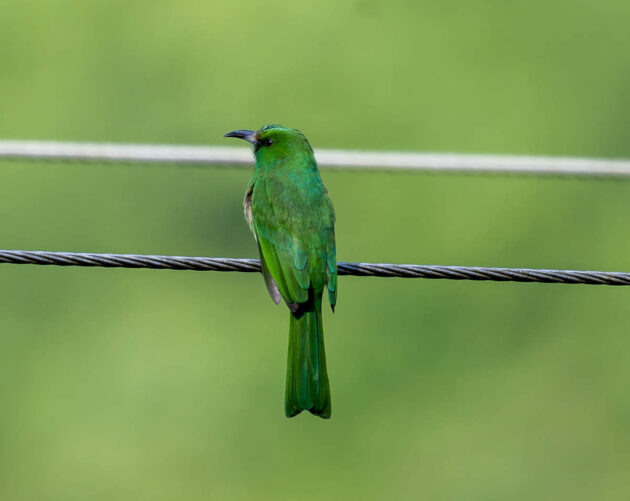
He also served with the 13th Light Dragoons, fighting with them at Waterloo (though he can only have been about 18 at that point – I guess child protection laws were somewhat lax at that time).
The Blue-winged Minla is often a major contributor to mixed flocks in the area, which does a lot to increase the attractiveness of these flocks.
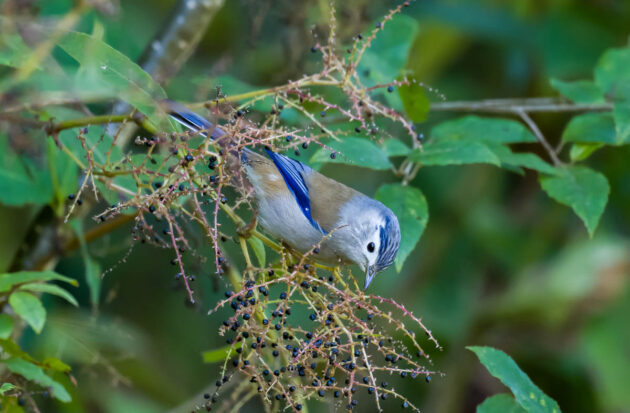
Unfortunately, there is not much literature on the species except for the inevitable analysis of the mitochondrial genome.
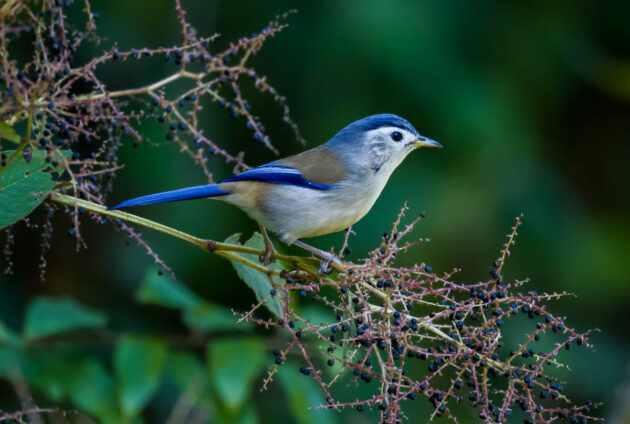
Those Common Rosefinches with a high IQ spend their winter here in Tongbiguan rather than in coldish Shanghai, where I can also see them at Tianmashan.
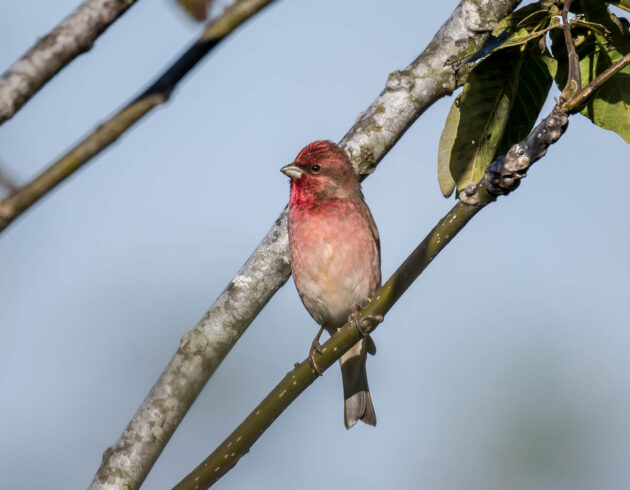
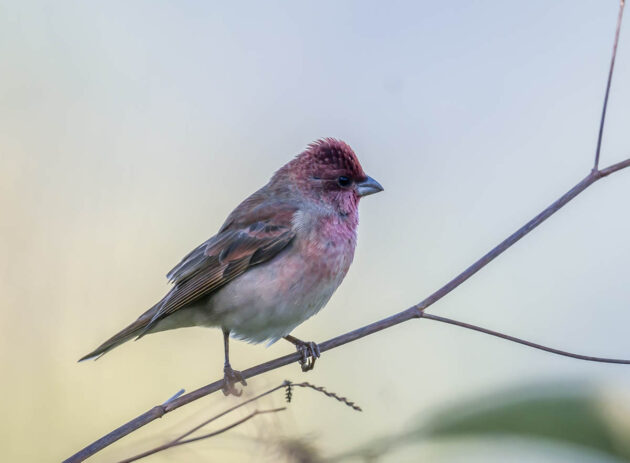
True to form as far as truth in bird names is concerned, Green-backed Tits do not really have a green back – the HBW talks of “greenish upperparts” but even that is rather generous. In fact, if I had to name the color on the back of the tit in the HBW illustration, I would just call it yellow. Well.
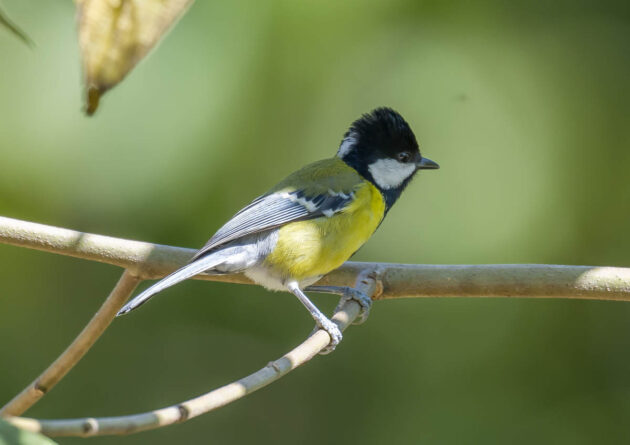
When talking about bird sizes, the frame of reference is everything – for eBird, the Green-backed Tit is a “small songbird” while for the HBW it is a “large … tit”.
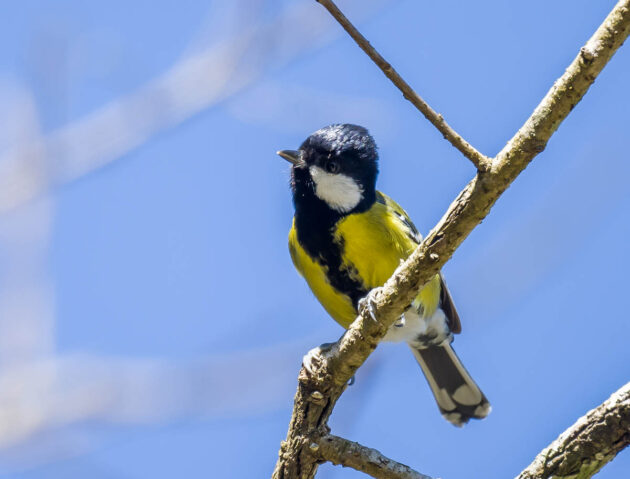
Why oh why do abstracts so often start with totally meaningless sentences? Witness this first sentence of an abstract peripherally mentioning the Grey Bushchat: “Nesting is a common phenomenon related to the birds’ reproductive behavior”.
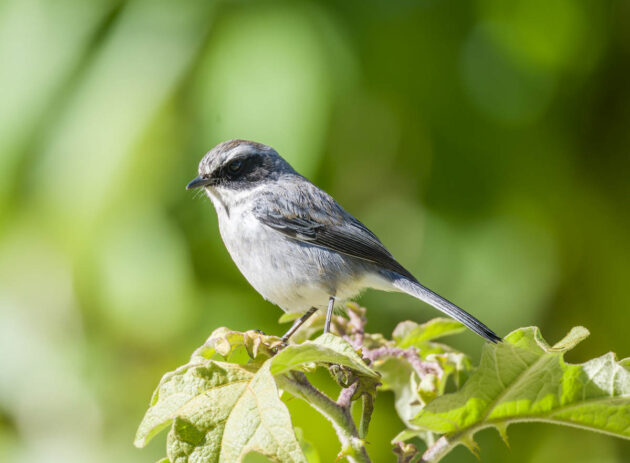
Another paper on defense mechanisms of the Grey Bushchat against being parasitized by cuckoos is a bit more meaningful, stating that “nest desertion is an important anti-parasitism strategy for grey bushchats in response to common cuckoo parasitism, and experimental verification showed that this anti-parasitism adaptation exists mainly in the early egg-laying stage”.
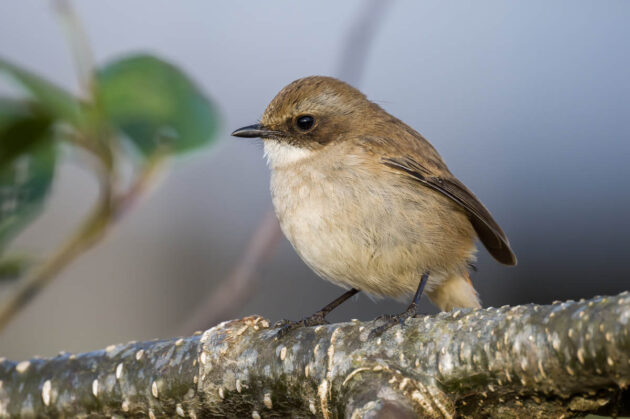
That paper also comes with a very nice PowerPoint-type illustration showing the interaction between host and cuckoo – it could have easily been developed by a management consultant like myself.
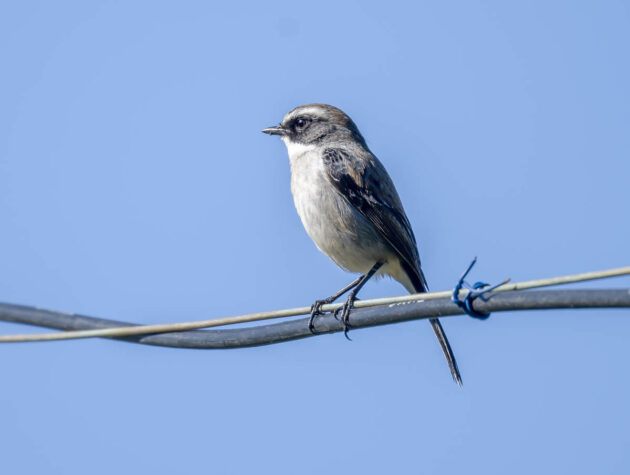
Another rather nasty interaction between a Grey Bushchat and a Common Cuckoo is described here.
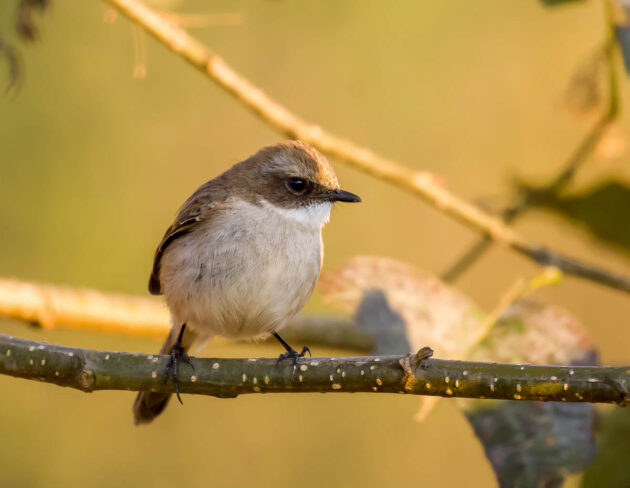
As usual in China, there are some anonymous Leaf Warbler species – but who cares, apart from Bella of Alpinebirding?
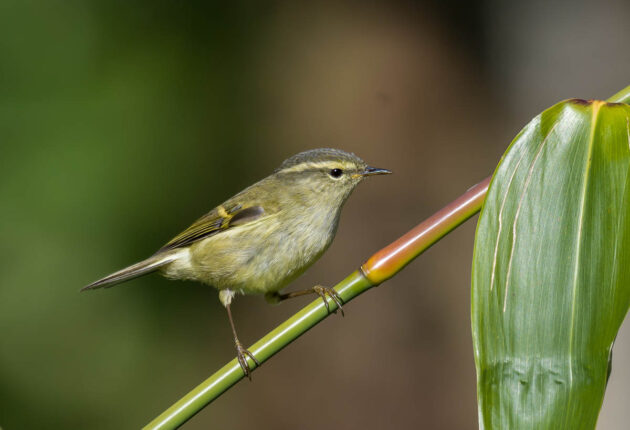
The River Lapwing is listed as Near-threatened – one reason being its dislike for people, which I can relate to: ” numbers of river lapwings and villages per km of river are inversely correlated” (source).
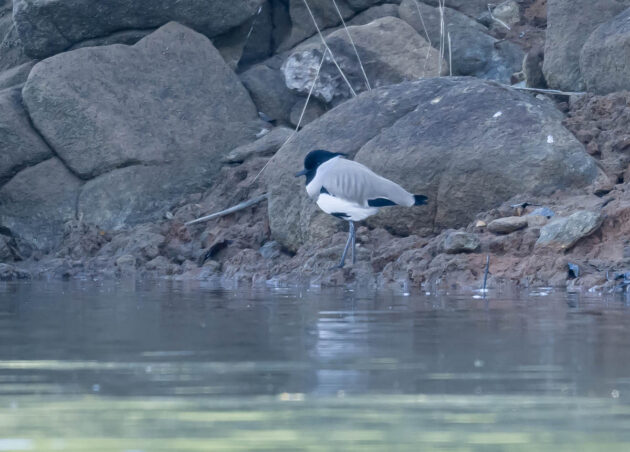
Its species name duvaucelii commemorates one of these explorers who died rather young – Alfred Duvaucel (1796-1824). Unfortunately, googling him to get further information gives me my own earlier blog post as entry number 5 (which as usual for my posts is mostly free of any useful information), so I guess not much is known about him.
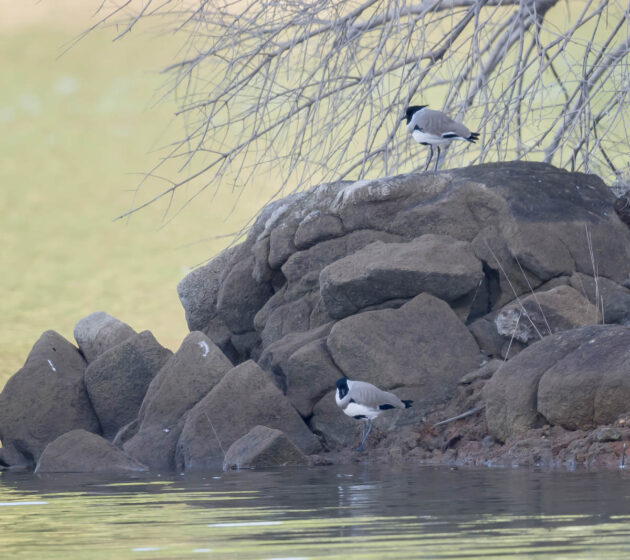
Location, location, location – some practical advice for River Lapwings aiming to have a family: “River Lapwing nests on open, unvegetated river banks achieved significantly greater nesting success than those in crop fields” (source).
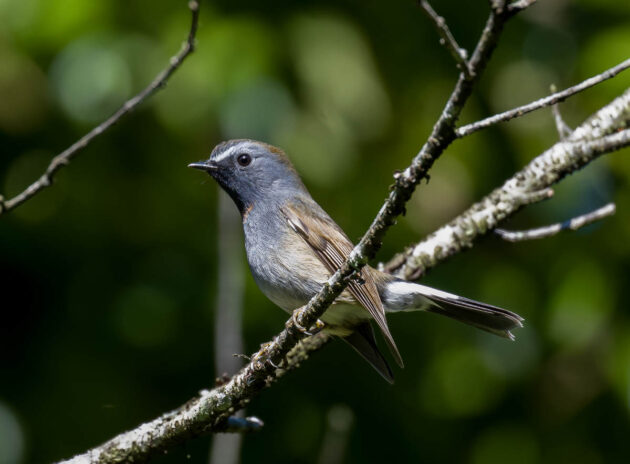
While the HBW claims that the Rufous-gorgeted Flycatcher is uncommon in China, this probably does not apply to this part of Yunnan.
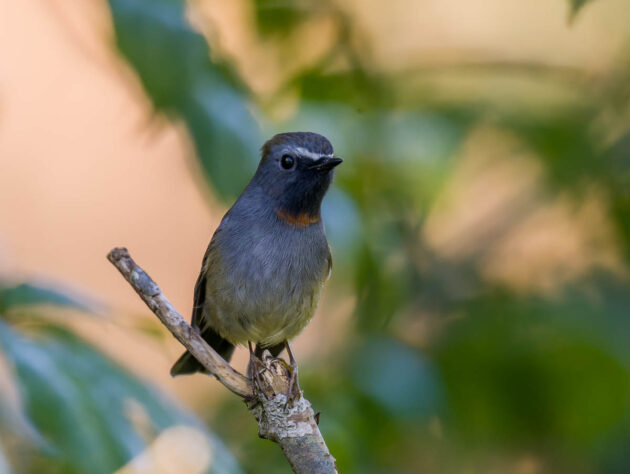
Generally, the HBW entry on this species is not very informative – mostly the usual boilerplate statements regarding future updates: “Editor’s Note: This article requires further editing work to merge existing content into the appropriate Subspecies sections. Please bear with us while this update takes place.” Been bearing with them for quite a while now.
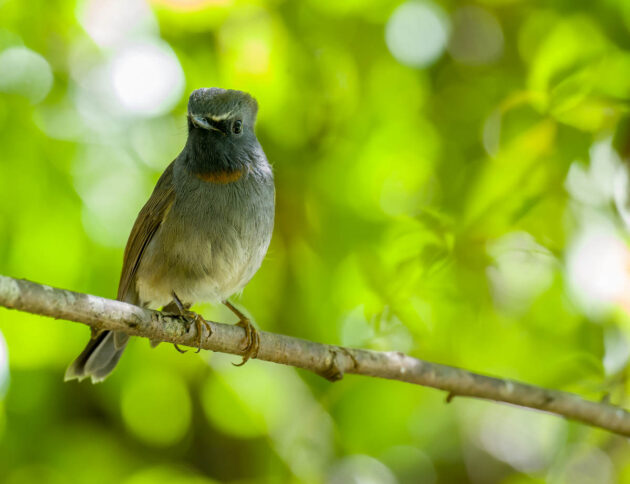
My guess based on the HBW illustrations is that the Rufous-gorgeted Flycatcher I saw was a male, but of course, that means ignoring the standard HBW warning “Please wait with using our illustrations for ID purposes until we add useful information”.
Useful information is of course something you can expect from this blog – mostly about music. “If My Mother Thinks I’m Happy” by The Bug Club starts with the rather good lines “Even though I’m not as gorgeous as I used to be … I still can’t get a mortgage and I still don’t like the taste of beer … I haven’t worked a day in over a year … And I don’t like the sound on the news I hear”. I particularly like the way the guitar is made to sound as cheap and scrappy as humanely possible.
Reluctantly back to birds. Nice to see some Shanghai ones here in Yunnan as well, such as the Scaly-breasted Munia …
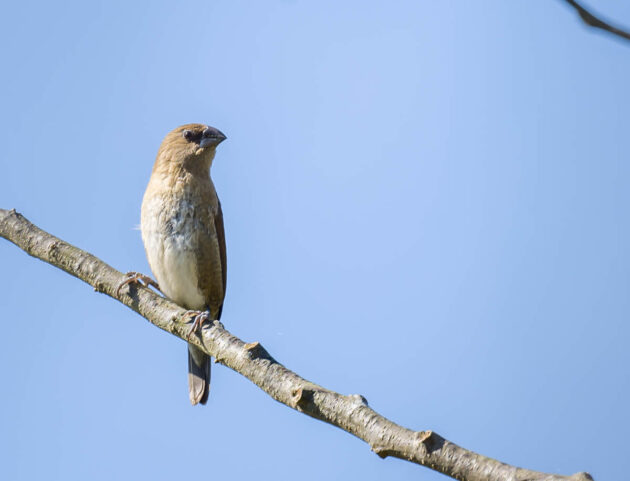
… Barn Swallow …
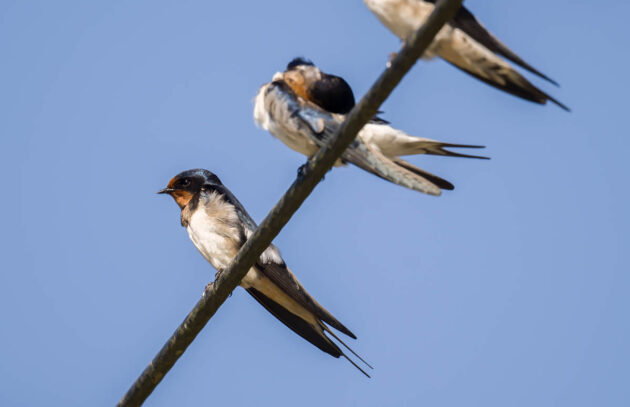
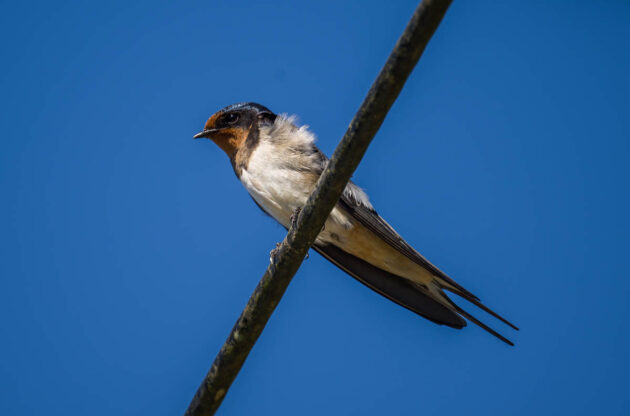
… Black-throated Bushtit …
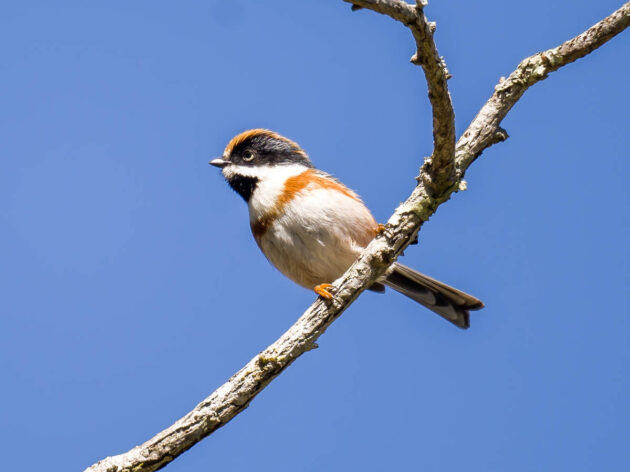
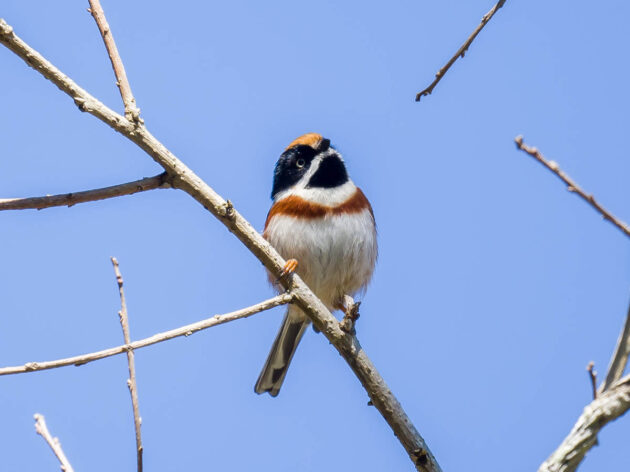
… or Great Myna (okay, you will not see this one in Shanghai, but the Crested Myna looks a bit similar).
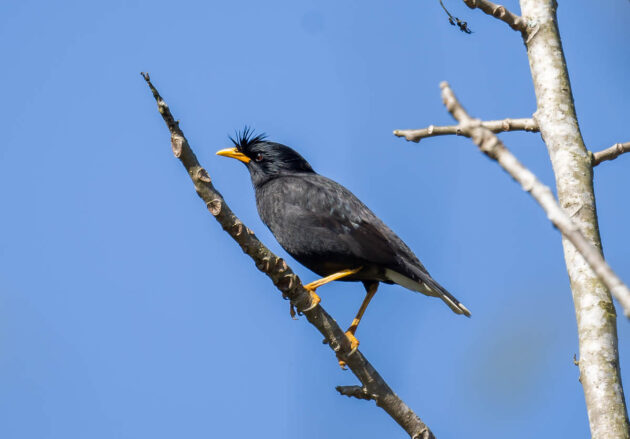
In the new and probably never-to-be-repeated section of these posts, tentatively titled “Kai shares his very recently acquired knowledge with all three readers who have made it this far”, the entry today is the term “basket case”. I was wondering where the expression comes from, thinking of somebody throwing a lot of things in a basket and thus creating an unruly mess. However, it seems the real explanation is much grimmer. According to ChatGPT, “The origin of the expression basket case is believed to have military roots. It originated during World War I to describe soldiers who had lost all their limbs and had to be carried in a basket, as they were unable to move independently.” Somehow, I am not sure I really wanted to know this now.
Anyway, back to birds.
The Scarlet Minivet is one of these annoying minivets that can only distinguished from other, similar-looking minivets by memorizing the colorful areas on the wings as some imaginary country and then comparing them with the pictures in a bird guide.
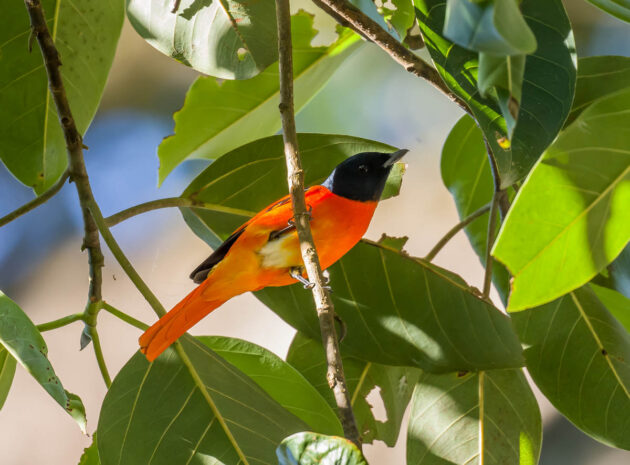
The species name specious (“splendid, brilliant”) does not help at all as the minivet is just as splendid as most of the other colorful minivets. This is not a putdown, just a statement of fact.
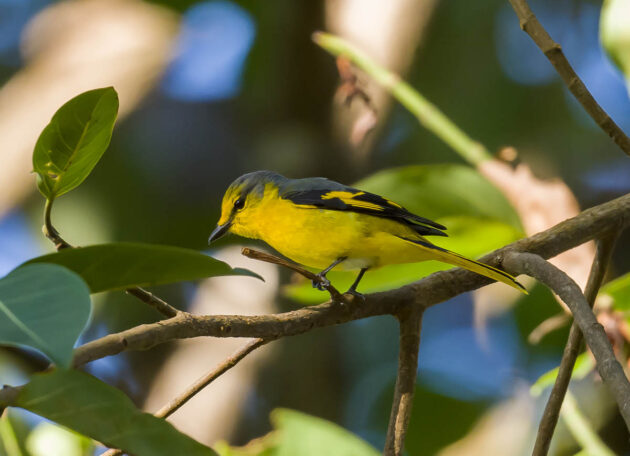
One of my cats claims that the males taste better than the females (“too sour”), but then that cat has told me many lies before – I still think it more likely it has never eaten any minivet in its life.
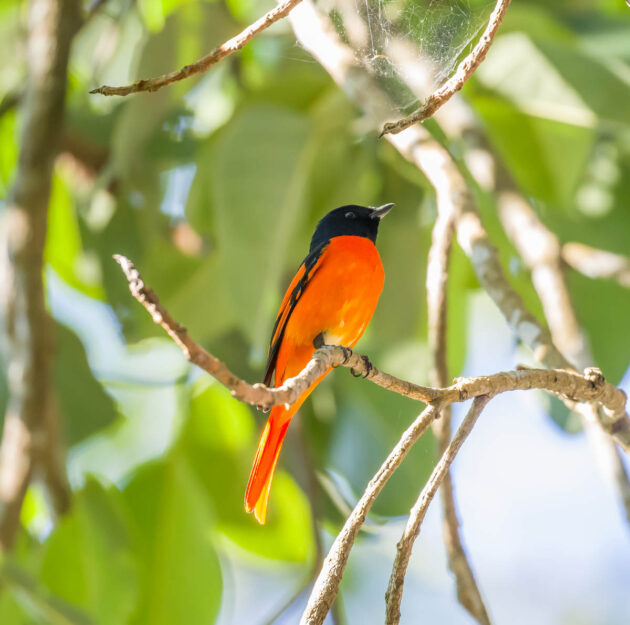
The HBW entry for the Siberian Stonechat is exactly the same as the one for the Amur Stonechat – the glacial speed in which the HBW reacts to splits in this specific case is well-aligned with my failure to see any difference between the two species.
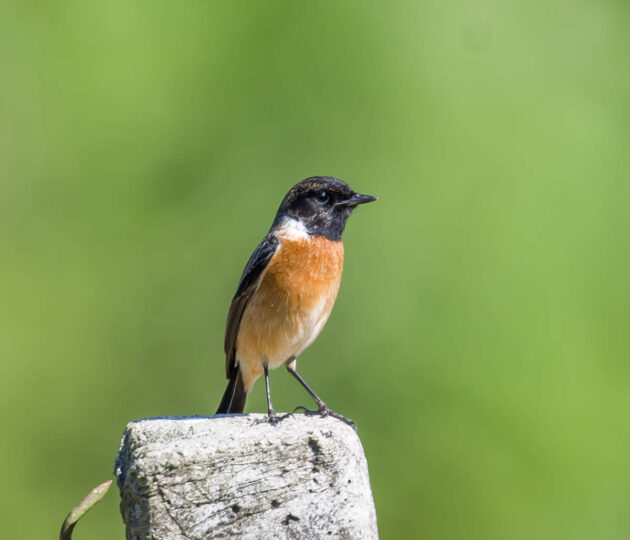
But then I find it hard to see a difference between Donald Trump and Ron DeSantis either.
The Spot-breasted Parrotbill suffers a bit from having a contradicting scientific species name, guttaticolis, meaning “spot-throated” or “spot-necked” rather than spot-breasted. I leave it to you, dear valued reader, to decide whether the scientific or the common name is more fitting.
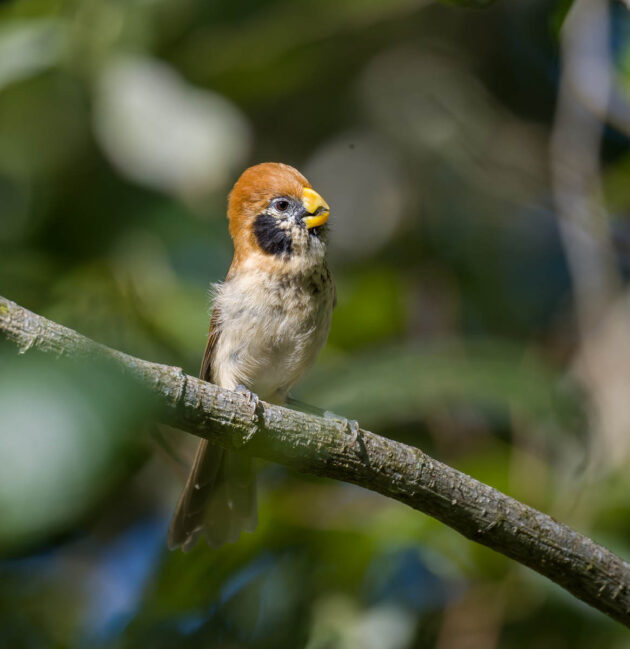
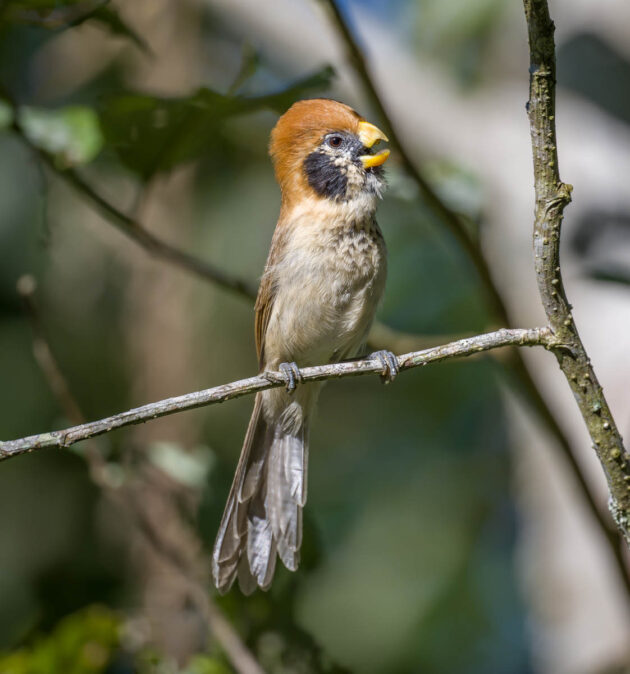
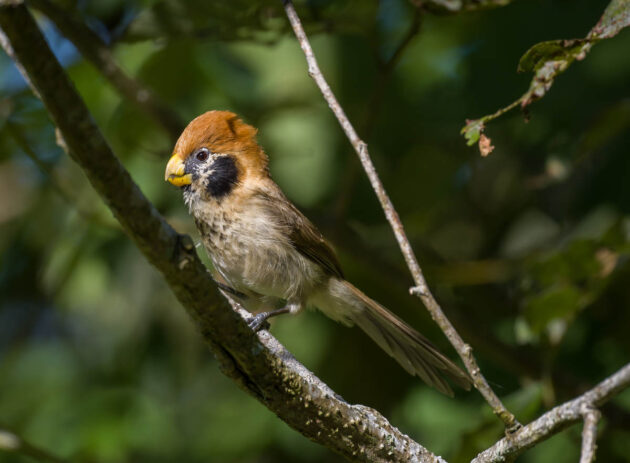
In the section on other animals which sometimes ends my posts, the mammal comparing favorably with Donald Trump today is some kind of squirrel. If this comparison bothers you, here’s something to comfort you (but not me): Donald Trump will be the next US president, the squirrel will not.
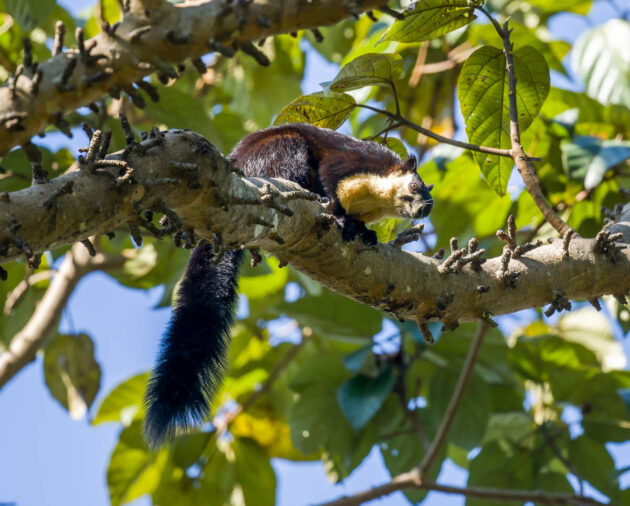
A giant squirrel, actually. Which sounds like a species name taken from a science fiction novel for children. Attack of the giant squirrels from Mars. Or something like that.
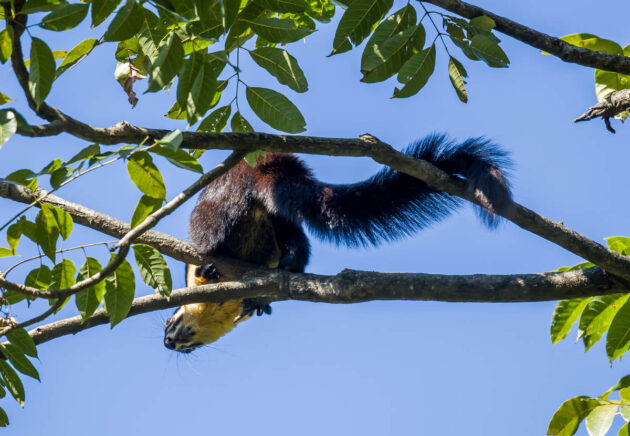




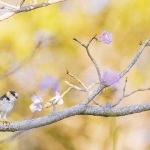
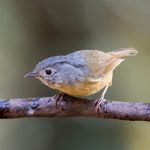





Trump and De Santis can be distinguished on colour, Kai.
Good point, Peter. Some guides suggest looking at the beak for a clear ID but that has never worked too well for me so far.
A close race between Trump and the squirrel for president no doubt! I am in disbelief that the possibility is even happening again!